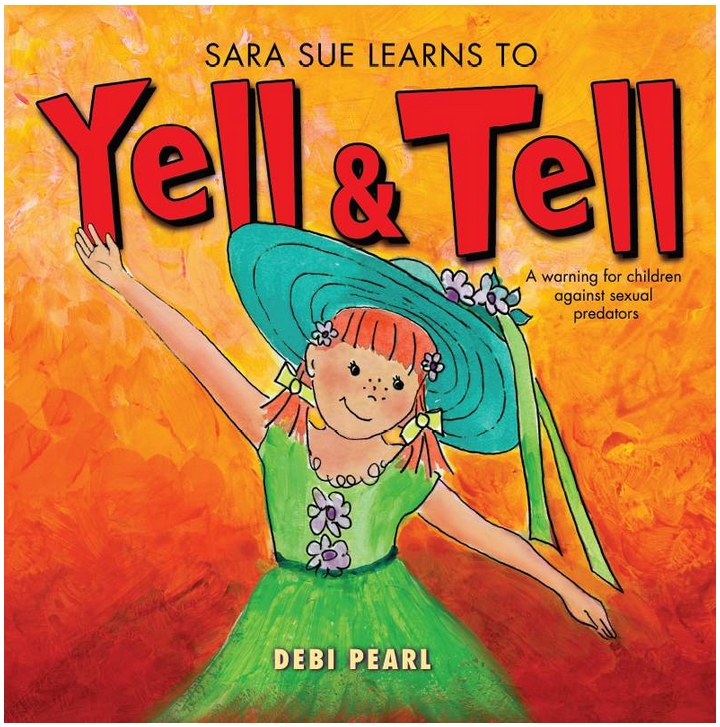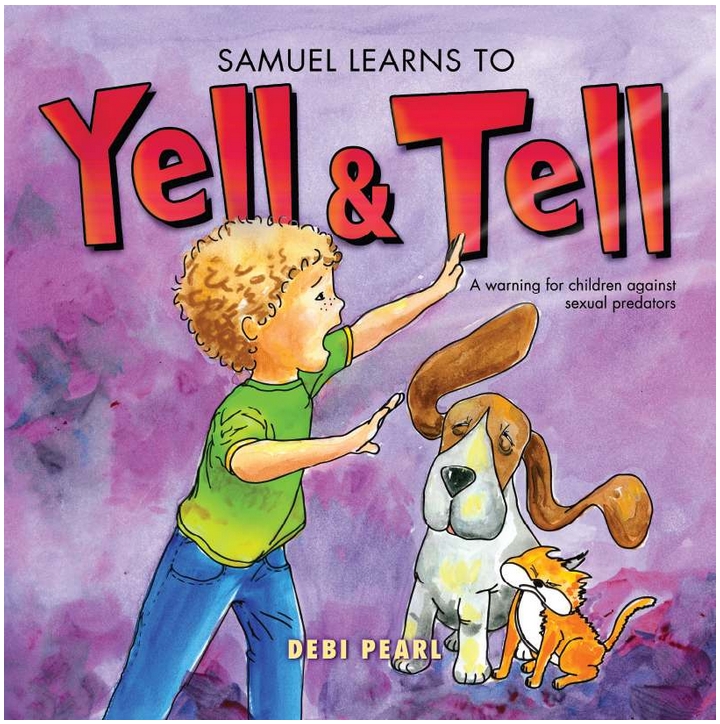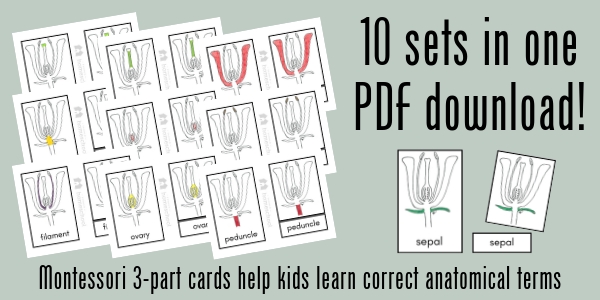Kids say the cutest things. I’ll never forget the first time my son noticed two insects mating. We were out and about, taking a walk in the great outdoors. He glanced down to see two insects mating, and without missing a beat he exclaimed, “Look, they’re marrying!” It still makes me smile. The idea that, in his young mind, sex was a joyful part of a marriage … well, I’ll admit it was a proud mom moment for me.
We live in a world that has taken this beautiful, sacred part of the marriage relationship, twisted it into an ugly, self-satisfying lust, and used it to sell about anything and everything under the sun. It is truly sad, to say the least.
I’m a firm believer in explaining the concepts of sex whenever the topics come up. I don’t skirt around the issue. You don’t have to be graphic, but if my child has a question, I’d certainly rather they came to me than someone else. (God forbid they think it’s so taboo they need to do an internet search, rather than ask me a simple question!)
Where did we ever get the idea that children need to be taught cutesy names, rather than the correct anatomical terms for their own body? It’s not dirty to talk about our bodies, or to wonder where babies come from. Reproduction is an awe-inspiring result of the love between a man and a woman. God has given us this amazing ability to create life … I believe we should embrace it, glorify it, give it back the beauty and sacredness God planned for it to have! We should teach our children—from the youngest ages—that it’s a holy privilege to bring life into the world.
Several years ago, I stumbled across The Miracle of Creation series, written by Susan Horner. It’s a set of three small books that progress from plants, to birds, to human reproduction. I still don’t think there is a better set of books out there explaining this subject to your children.

The first is called Why do Plants Grow? This gorgeously illustrated book explains the process of plant reproduction. You would be surprised how much terminology is similar to human reproduction!
The second book in the series, Why do Birds Build Nests?, delves a little deeper into reproduction and adds a few more words to your child’s vocabulary of correct anatomical terms.
The third and last book in the series is titled, What is God’s Design for My Body? This one ties up all the ends of the previous two books. The mysteries of plant and animal reproduction are used to introduce a tasteful, yet informative look at how we humans reproduce. Throughout all three books, there runs a similar theme: this has been God’s design for all of His creation, from the beginning of time, and it’s a perfectly beautiful plan for our bodies, as well.
So now that I’ve introduced you to a few of my favorite tools, how and when should one approach the subject? If kids haven’t asked earlier, I’ve always introduced the topic by the second grade (or around 7-8 years of age). Remember, you want your child to be aware of these ideas before someone at their school, church, or park playground brings it up. When a kid is already familiar with the concepts and terminology, it will be old news. He may not even care to get involved in the perhaps-not-so-delicate conversations of someone older who thinks they’re also wiser … after all, there’s a whole world to explore and he already “knows” all that, anyway.
I’ve always just let life dictate how deep we go into things, and what to talk about at a particular time. If you’re watching TV together and something pops on that you think maybe they don’t grasp, you might just ask them, “Do you know what that commercial was about? Or what that situation meant?” You don’t always need to have a deep conversation. It can just be a nonchalant, “Did you notice…?”
Sometimes our kids pick up sexually-based slang as they get older, but they have absolutely no clue what those terms mean! I think that’s a perfect time to say, “Hey, do you know what you are actually saying? Maybe that isn’t a phrase you really want to say, and here’s why…” If you already have pre-teens or teens and have never discussed sex with them, I promise you: they have already heard about it somewhere! Find a quiet time where you can talk one-on-one, and in a non-threatening, non-preachy kind of way, ask a few questions and lead them into a meaningful conversation about sex.
While we are talking about sex, I’d like to mention how important it is for us to discuss “good touch/bad touch,” as well. We live in a scary, messed up world; knowing what is right and wrong can protect our kids from predators. They are far more likely to say, “NO, I’LL TELL MY MOM!,” if we’ve taught them it’s the right thing to do. That alone could be enough to scare off a would-be predator.
I have a book called Sara Sue Learns to Yell and Tell by Debi Pearl that I pull out and reread every now an then. It’s a wonderful book, designed to warn children against sexual predators.

There is one for boys called Samuel Learns to Yell and Tell, as well.

Since the Montessori method is a personal passion, I’ve created a set of Montessori flower three-part cards to share with you. These teach the parts of a flower, and they’re a great tool when you begin to introduce the terminology of reproduction. If you are not familiar with how to use three-part cards, check out this link for a quick intro and video guide that outlines instructions for adding them to your schooling. Our PDF download includes a complete set of 10 different 3-part cards, that would go along well with the first book in the Miracle of Creation series or any other lessons that teach plant reproduction. When they’re approached the right way—and early enough—your children won’t grow up to be embarrassed or grossed out by sex. If they are, remind them that God created it, and everything He makes is perfect.
When they’re approached the right way—and early enough—your children won’t grow up to be embarrassed or grossed out by sex. If they are, remind them that God created it, and everything He makes is perfect.
Then tussle their hair, give them a hug, and playfully point out they wouldn’t exist without it.
Download your FREE printable
Parts of a Flower — Set of 10 Montessori 3-Part Cards
